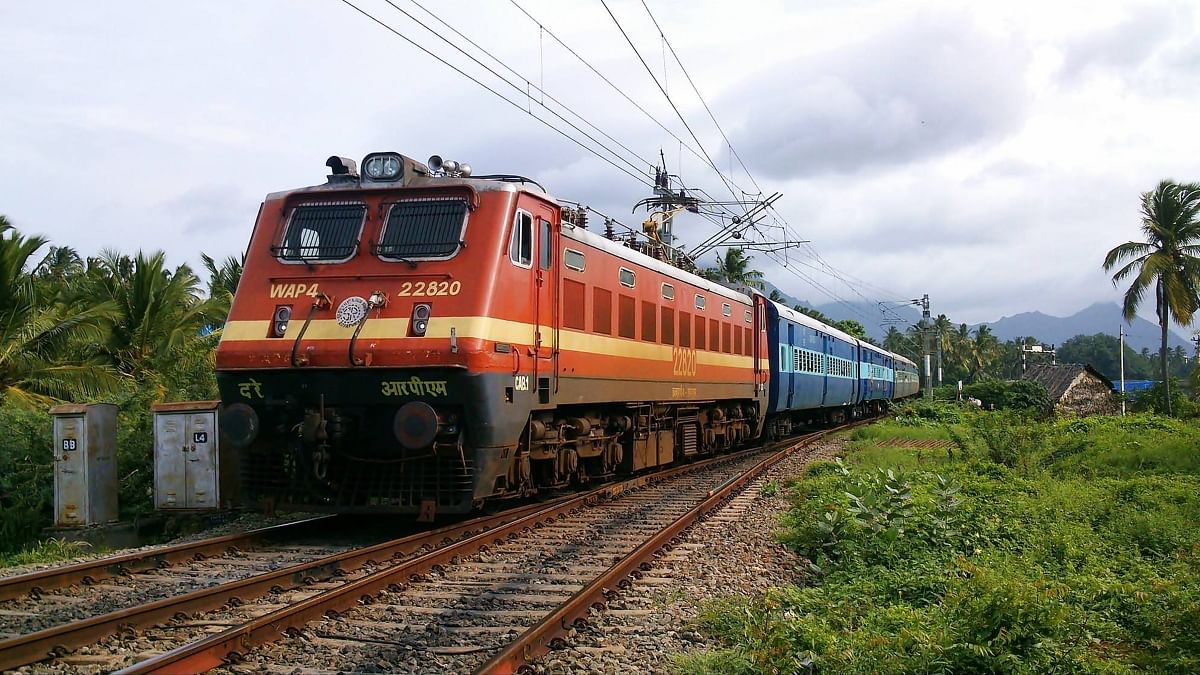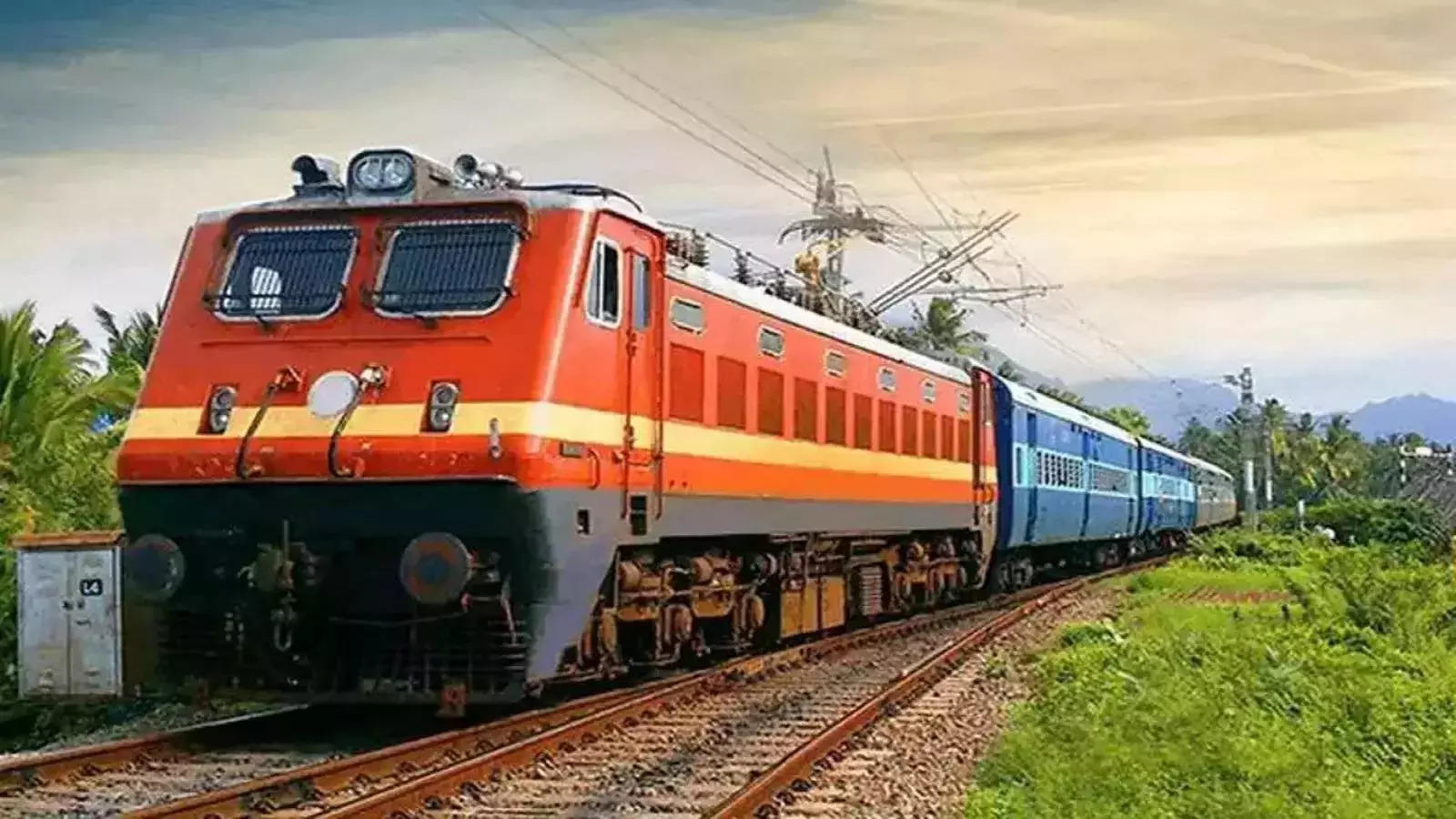Indian Railways’ recent announcement of far-reaching policy reforms has triggered major ripples across the railway ecosystem, provoking resistance from powerful business lobbies and internal departments alike. These high-level regulatory changes aim to modernize operations, increase efficiency, and optimize revenues but have unsettled many who depend on the railways for freight and passenger services. The unfolding tensions shed light on the challenges of balancing reform ambitions with entrenched interests and operational realities within one of the world’s largest rail networks.
The Indian Railways’ sweeping policy reforms have ignited a significant shift in the operational landscape, compelling stakeholders to reconsider long-standing practices while navigating new regulatory terrain. These changes are not merely administrative tweaks but represent a fundamental restructuring in the way passenger services and freight operations are managed, setting a precedent for the future trajectory of the nation’s rail network. This transformation necessitates adjustments not only in business strategies but also in user behaviors and expectations.
A cornerstone of the reform package is the enhanced emphasis on crowd management and passenger comfort, especially with the elimination of waiting list tickets in reserved coaches. While this aims to reduce overcrowding and enhance safety on trains, it disrupts traditional booking behaviors. Passengers who previously relied on waitlists now face uncertainty and may resort to alternate routes or transport modes, at least until the booking ecosystem stabilizes under the new rules. This transition phase poses a critical test for Indian Railways’ ability to maintain service accessibility alongside safety.
The freight sector, a vital artery for India’s logistics, confronts a complex interplay of tightening regulations and efficiency drives. Higher charges for services and stricter booking protocols intend to discourage misuse and optimize asset utilization, yet these measures require careful calibration to prevent unintended disruptions. Industries reliant on rail freight have voiced concerns about increased operational costs and reduced scheduling flexibility, underscoring the need for policies that balance economic competitiveness with infrastructural sustainability.
Among the internal challenges, Indian Railways faces the monumental task of upskilling its workforce to handle new digital platforms and operational protocols. The push towards digitization, while modernizing, requires comprehensive training and capacity building across all levels. Transitioning legacy systems to seamless digital workflows is a demanding process, demanding investments in technology as well as human capital, particularly in regions with limited digital literacy or infrastructural deficits.
The reforms also spotlight the evolving role of technology in rail management. From the launch of high-horsepower locomotives to the IRCTC’s expanded app capabilities, technology is positioned at the heart of modernization efforts. These advancements promise streamlined operations, enhanced passenger convenience, and better safety monitoring. However, successful integration hinges on widespread adoption, data security, and continuous upgrades to keep pace with emerging challenges such as cyber threats and network load management.
Businesses engaged in rail-linked supply chains are now reevaluating their logistics frameworks in response to policy shifts. The move towards stricter contract enforcement and penalties may incentivize more rigorous planning, but risks outsourcing cargos to alternative transport methods if perceived as too restrictive or expensive. This dynamic provokes broader economic considerations about the balance between regulatory oversight and market competitiveness in India’s burgeoning freight sector.
Ticketing Overhauls Spark Passenger Concerns and Industry Debate
Among the most visible policy shifts is the revision of ticket booking rules introduced from May 2025. Indian Railways has discontinued the validity of waiting list tickets in AC and sleeper coaches, restricting such passengers to unreserved general coaches only. This aims to reduce overcrowding and improve comfort for confirmed ticket holders but has met criticism from frequent travellers and travel agents, who warn of increased difficulties for waitlisted passengers on busy corridors. Additionally, the advance reservation period has been halved from 120 days to 60, requiring more agile planning by users and adding strain on IRCTC’s booking platform.
The Indian Railways’ ambitious reforms also place spotlight on sustainability goals, as electrification and modern traction systems become central pillars for reducing the sector’s carbon footprint. Expanding the network’s energy efficiency aligns with national commitments to environmental conservation and reflects a strategic shift towards greener transport modes. These eco-friendly initiatives, integrated with operational reforms, collectively advance India’s vision for modern, sustainable infrastructure that serves public and economic interests responsibly.
Beyond operational and environmental aspects, the reforms seek to enhance passenger experience through station modernization and digital services. Upgraded stations equipped with better amenities, real-time information systems, and improved sanitation set new standards for comfort and convenience. Coupled with digital ticketing innovations like the IRCTC SwaRail app, these enhancements are designed to foster a seamless, user-friendly travel experience, making Indian Railways more accessible and appealing to a broader demographic.
However, the path ahead remains complex, demanding coordinated efforts across government agencies, private sector partners, and civil society. Effective communication, transparent implementation, and ongoing feedback loops are essential to ensure that the reforms do not merely exist on paper but translate into tangible improvements on the ground. Only through sustained collaboration and responsiveness can Indian Railways navigate the intricacies of its transformation and emerge as a model of efficient, inclusive, and future-ready transportation.
Freight Sector Faces Stricter Regulations and Revised Charges
The freight business, a key revenue generator for Indian Railways, is also bracing for significant change. Policy adjustments include stricter rules for wagon bookings, higher charges for loading and unloading services, and revised penalties for delays or cancellations. These moves are intended to optimize asset utilization and improve turnaround times but have drawn fire from major logistics firms and industrial operators. Corporates fear increased operational costs and rigid scheduling may hamper supply chains, especially for perishable and time-sensitive goods, potentially pushing cargos toward costly road transport alternatives.

Internal Resistance Highlights Complexity of Implementing Change
Within Indian Railways, some departments and officials have raised concerns about the pace and scale of reforms. Critics argue that sudden policy shifts strain administrative capacities and frontline operational teams, necessitating enhanced training and systems upgrades that require time and resources. The integration of new technologies, such as digital ticketing apps and automated freight management tools, demands infrastructure investments and change management to avoid service disruptions. This internal pushback illustrates the broader organizational challenge of transitioning from legacy processes to a digitally empowered and customer-centric model.
Impact on Passengers and Businesses: Mixed Reactions
Passengers have expressed mixed feelings about the changes. While there is appreciation for efforts to decongest trains and improve confirmed ticket holder experience, many budget travellers and daily commuters express frustration at losing waiting list privileges in reserved coaches. Businesses relying on rail freight face uncertainties about costs and scheduling flexibility, with some suggesting that government consultative dialogues could smoothen implementation and align reforms with ground realities better. Meanwhile, policy experts underscore the reforms as necessary to ensure Indian Railways’ long-term financial sustainability.
Government’s Commitment to Modernization and Safety
The Railways Ministry remains steadfast in its commitment to modernizing the sector. It highlights the reforms as part of a broader vision supported by increased capital allocations, including investments exceeding ₹3 lakh crore for FY26. Priorities encompass electrification, station modernization, high-horsepower locomotives, and enhanced safety systems such as the Kavach automatic train protection technology. These initiatives aim to boost capacity, reduce accidents, and position Indian Railways as a competitive and reliable transport backbone for India’s growing economy.
Stakeholder Engagement and Policy Calibration Essential
Acknowledging the frictions, government officials have called for enhanced dialogue with railway employees, freight customers, and passenger groups to refine and calibrate policies iteratively. Workshops, feedback channels, and pilot programs are planned to troubleshoot implementation challenges and build consensus. Experts emphasize that successful reforms will balance operational efficiency with inclusiveness, ensuring marginalized traveller segments and small businesses are not disproportionately impacted while fostering innovation and accountability.
The Road Ahead: Navigating Change Amid Resistance
Indian Railways stands at a crossroads, balancing transformative ambitions with legacy constraints and stakeholder apprehensions. The success of these high-level policy changes depends on transparent communication, phased implementation, and adaptive management responsive to on-the-ground feedback. As the largest rail operator in Asia embraces digitization and modernization, its journey highlights the complexity of reforming sprawling public institutions—where progress must be managed carefully to maintain trust, service quality, and financial viability in this vital lifeline for millions.
Public sentiment towards the reforms reflects an interplay of hope and apprehension. While many passengers welcome improved safety measures and infrastructure upgrades, apprehension about accessibility, affordability, and transition smoothness persists. Regular commuters and marginalized populations dependent on affordable rail travel express specific concerns about potential exclusions or hurdles created by new booking and boarding rules, highlighting the necessity for inclusive policy design and implementation.
The Ministry of Railways has responded to critiques by emphasizing stakeholder consultations and flexible policymaking. Pilot projects and phased rollouts are deployed to monitor the impact closely, allowing for rapid course corrections. This iterative process exemplifies governance in a complex, large-scale public service, where policies must be adaptive and evidence-based to achieve intended outcomes while minimizing social costs.

Financially, the reforms coincide with Indian Railways’ enhanced capital expenditure plans, the largest in its history, signaling a robust commitment to infrastructure expansion and technological modernization. Increased funding aims to complement policy changes with tangible improvements in track networks, station amenities, and rolling stock quality, reflecting an integrated approach to long-term service enhancement and sustainability.
Ultimately, the sweeping policy reforms underway position Indian Railways as a forward-looking, adaptive system ready to confront 21st-century challenges. Yet, their success will depend on balanced implementation that respects the realities of diverse users and commercial operators, fostering a railway ecosystem that is efficient, equitable, and resilient—a transformation crucial for India’s growth and connectivity aspirations.
Follow: Indian Railways


